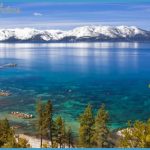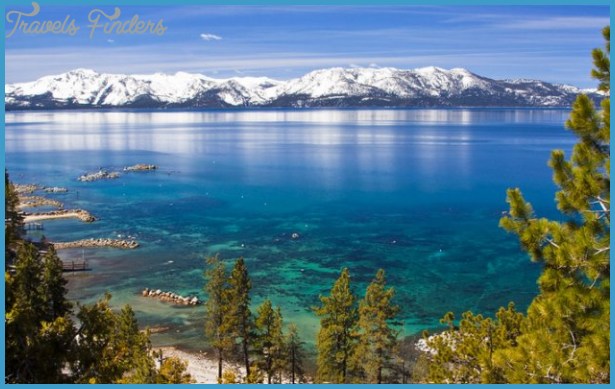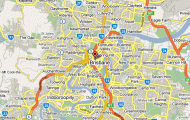STRENUOUS KABETOGAMA PENINSULA VOYAGEURS NATIONAL PARK
Beaver Ecology
While the forest has been slow to return to its former glory, the beaver have made a dramatic recovery, but it’s a recovery they cannot sustain. Their history provides an excellent lesson in the intricate interactions of predator, prey, flora, and geography. In the 1920s, conditions were ideal for the return of beaver to the peninsula. Logging and fires had created an abundant food supply, namely trembling aspen and willows. At the same time, the population of wolves, a major predator of the beaver, was greatly reduced. Researchers determined that in 1927 there were only 64 beaver ponds on the peninsula. With a density of about 0.2 ponds per square kilometer, these ponds occupied less than 1 percent of the peninsula area. By 1988, there were 835 beaver ponds, at a density of 3.0 ponds per square kilometer, occupying about 13 percent of the peninsula.
The scientists also learned that the ponds created before 1961 were significantly larger than those established after 1972. The average area of new ponds until 1961 was about 8.9 acres. New ponds after 1972 were an average of only 3.0 acres in size, almost two-thirds smaller. Researchers Carol A. Johnston and Robert J. Naiman also found that initially, from 1940 to 1961, beavers created new ponds at the rate of 25 ponds per year. From 1961 to 1986, this rate dropped to 10 ponds per year. The findings indicate that initially, when beaver were impounding new ponds at a rapid pace, average pond size was also quite large. Later, the rate of new pond creation decreased, while at the same time the average size of new ponds got smaller. As beaver have used up the most favorable sites for building large ponds, they have been forced to build in less desirable sites.
Since 1961, the peninsula’s topography has limited the creation of new beaver ponds. Young beaver leave home and strike out on their own when they are about two years old. They have the difficult task of creating new ponds in areas that are less favorable than the ones they grew up in. This factor is affecting the beaver population. The number of beaver colonies on the Kabetogama Peninsula peaked in 1981 at 398 and has gone down since then. There were 334 colonies in 1987, and 330 in 1988.
Another limiting factor for beaver is food supply. Beaver tend to harvest food within 100 yards of their ponds. They select and cut down aspens and willows, leaving the undesirable trees to mature. After a time, the beaver eat themselves out of lodge and pond and they must move on to find a new food supply. Beaver cannot go back and reoc-cupy old abandoned sites if new food supplies have not grown back. Forests need a catastrophic event like forest fires to bring back the aspen and willows. It seems that easy times have just about come to an end for the beaver of Kabetogama Peninsula.














